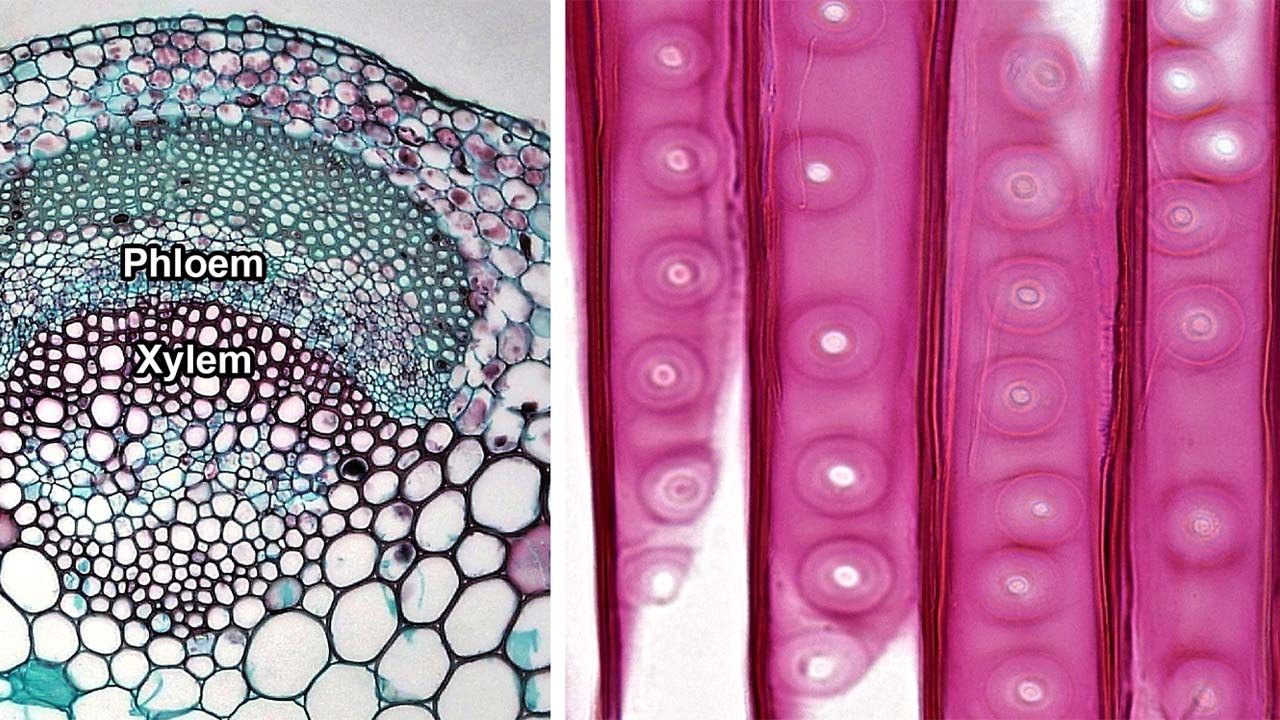Vascular tissues or the human vascular system comprises blood vessels. Blood vessels (veins, arteries, and capillaries) and lymph vessels are found in vascular tissues in humans. Arteries and veins are a major component of the vascular system in the human body which circulates blood. Aside from delivering oxygen and nutrition to the tissues the blood, arteries, and veins also transport waste products from the tissues.
A component of the vascular system is lymph vessels. They transport lymphatic fluid and filter lymph from the lymph nodes of the body to maintain the optimum fluid balance in the body. Vascular tissues make up a huge portion of the body and perform all the essential functions. Any damage to the vascular tissues mainly the arteries and veins can induce potential threats to the health.
Vascular disorders can pose threats to the cardiac system and maximize the risk of major comorbidities.
Major Vascular Disorders
Arteriosclerosis: When arteries lose their elasticity due to disturbed elastin fibers, the condition is termed arteriosclerosis. The arteries become stiff and inelastic restricting the blood flow.
Atherosclerosis: (A type of arteriosclerosis). It is the deposition of fatty plaque that contains dead cell material, calcium deposits, low-density lipoproteins, and fibrin over the walls of the blood vessels. The deposition restricts the blood flow and can cause severe health problems. It can lead to PAD and if left untreated can form gangrene and a person can even lose a limb.
PAD – Peripheral Artery Disease
It is a disorder of the arteries that supply blood to the peripheries (arms and legs). The arteries become narrow which reduces the blood flow towards the peripheries. It occurs more commonly in legs than in arms.
Vasculitis: Inflammation of the blood vessels is termed vasculitis. It can be caused by any physical trauma or an infection leading to the blockage of vessels and blood flow restriction.
Varicose Veins
It is a disorder of blood vessels that usually occurs in the lower extremities. The veins become enlarged and bulky and even can be seen superficially under the skin – This condition is termed varicose veins. Varicose also forms in other parts of the body but mainly in the legs. Peripheral Vascular Disease, PVD – that is of two types:
Functional PVD: In function PVD no prominent change in the morphology of the vessels occurs, they are normally narrowed or dilated in response to any stimuli (brain signals, temperature alterations, etc.).
Organic PVD: When a significant change occurs in the structure of the vessels, the condition is termed as organic PVD. It can be the outcome of fat deposition or atherosclerosis
Causes of Vascular Diseases
The mentioned vascular diseases are the outcomes of some major risk factors such as high cholesterol levels, diabetes, old age, obesity, smoking, alcoholism, and hypertension. To reduce the risk of getting vascular disorders it is essential to maintain your lifestyle healthily. Keeping good health is a key factor in preventing your vascular tissues from diseases and reducing the risk of any potential cardiac issues.




